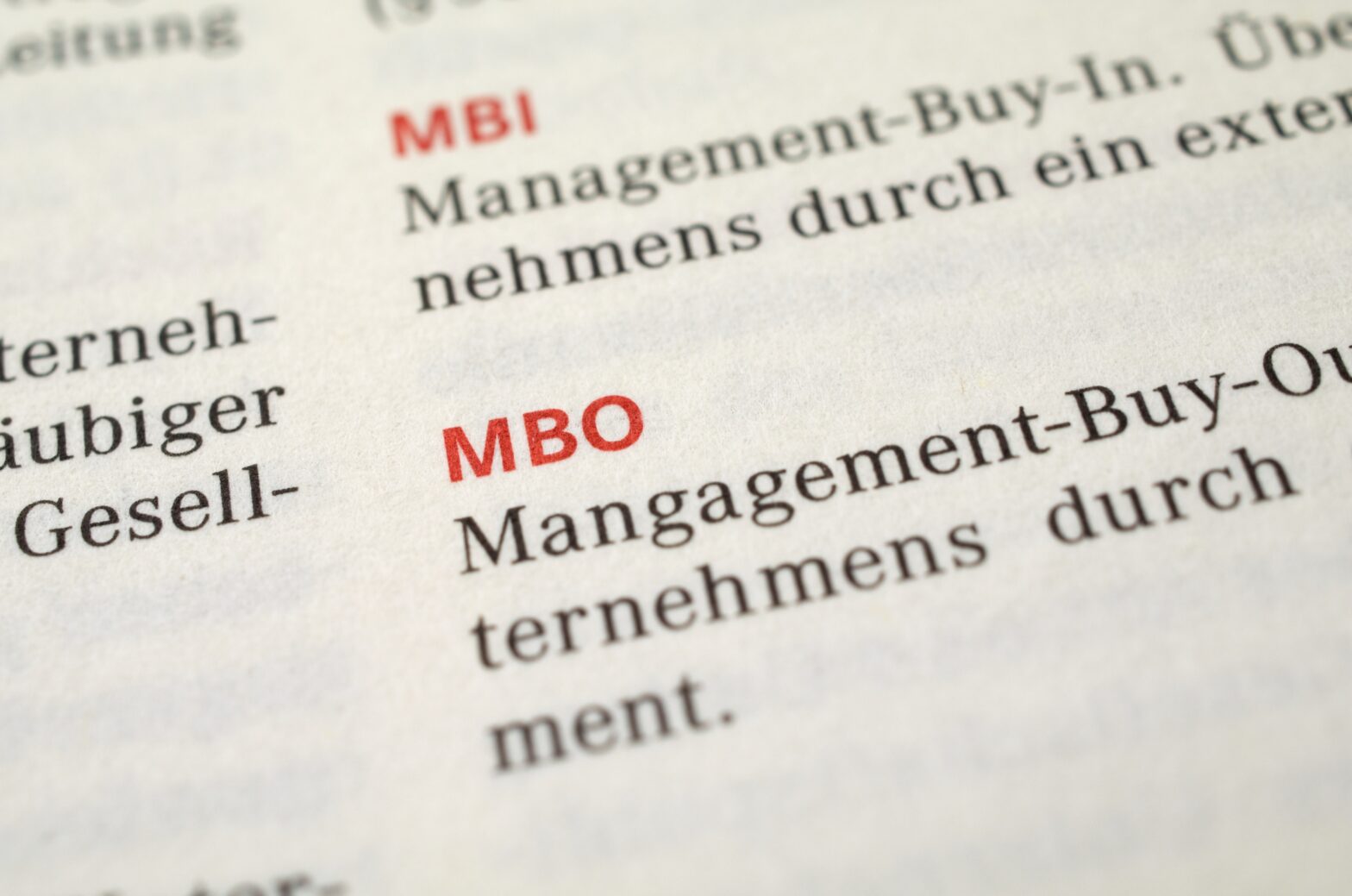The vast majority acquisitions fail and yet we see repeatedly that shareholders trust their company to carry out a successful merger or acquisition, assuming all will run smoothly. In fact they should assume failure, unless ‘something’ is done differently.
We can observe that companies that pursue an aggressive strategy as ‘serial acquirers’ tend to be successful at integrating their new businesses; there are lessons to be learnt, and many common mistakes to be avoided.
The most damaging myth is the belief that, given enough time, two organisations put together will gradually develop new ways of working and end up blending into one seamless business. Why should this happen? Would two individuals locked in one room spontaneously form a solid couple for the rest of their lives? A cogent business case may act as a ‘logical magnet’ which draws the two businesses to one another, but will they blend or collide?
When Grand Met and Guinness merged in 1997, deputy CEO Jack Keenan warned his startled team of senior executives: ‘Merging is like pulling out teeth; you can do it slow and painful, or quick and painful; we shall do it quick and painful.’ He was right. The business case of the merger or acquisition needs to be realised as soon as possible. This means achieving the short-term benefits and savings, as well as the longer-term strategic benefits which result in the newly merged company being worth more than the sum of its constituent parts.
Speed matters, not only because the investors are eager to see early results but also because companies embarking on an integration are vulnerable during the early stages of that voyage: unless clarity on structure, processes and ways of working is restored rapidly within the organisation, valuable employees may leave, competitors will benefit from the company’s temporary vulnerability and commercial performance may begin to decline.
Key areas
The success of the integration rests on a few imperative pillars that prepare the two organisations and accompany them on their voyage of integration. Omit one of these pillars and your integration project is likely to topple over:
- Diagnosis and preparation
- Detailed planning (to capture all of the interdependencies)
- Clear governance (to enable fast issue resolution and sound decision-making)
- Resourcing and environment (space and infrastructure for the project team members)
- Team redeployment (think of this at the start of the project, or you will not be able to attract the brightest of your people onto the integration project team)
- Communication and leadership
The first of these pillars, – diagnosis and preparation – is sadly where most companies miss the greatest opportunity. By diagnosis, I mean much more than mere due diligence. A well organised ‘data room’ may detect some of the hurdles and complexities that will need to be overcome during the integration process: forewarned is forearmed. But this alone is not sufficient. Successful business integration can only begin once you have determined how the information from the data room will be used, as well as the commercially sensitive information which will become available only from the day the two companies are under common ownership. And that ‘how’ can be prepared well in advance by formulating decision-tools which will list the criteria and parameters that will need to be considered for specific decisions (e.g. defining the consolidated product range).
See also: Acquisitions: how to make a successful deal
Communicate, communicate, communicate – not only verbally
Whereas the five other ‘pillars’ only require some intelligence, rigour and business discipline to be carried out, communication and leadership are different in that they also require a degree of ‘talent’ beyond a mere list of ‘dos’ and ‘don’ts’. A strong charismatic and enthusiastic leader can compensate for many imperfections of the integration process, but not all of us are born with the temperament of a charismatic leader.
Communication is about informing, but also about capturing people’s hearts and minds, listening carefully, capturing the pulse and reacting accordingly. Sadly, too many managers forget that communication is about more than just words; body language and behaviour come into play when it comes to managing the interface with a crowd of worried or doubtful employees. The senior management team should give some thought as to how they will maintain their levels of stamina and composure throughout the long integration process and how they will ‘live’ the future company’s stated values.
Their people will expect them to ‘walk the talk’.
This article was written with the help of M&A expert Paul Siegenthaler.







